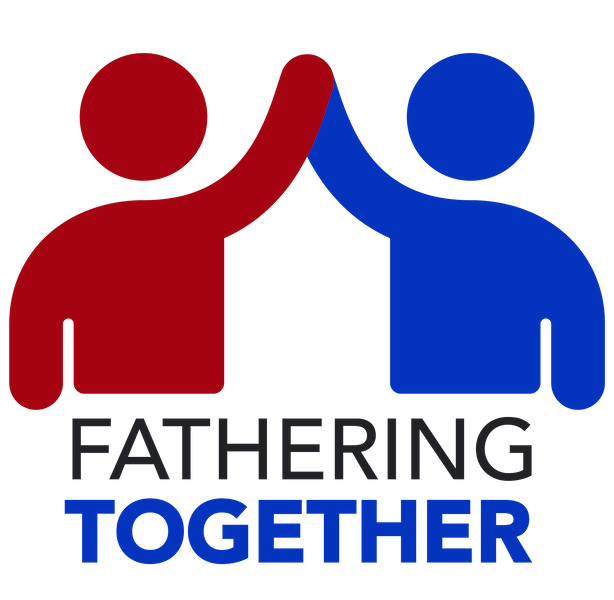
I reclined on the bed of the CT machine, ready for a close-up of my heart. I’d been waiting for this moment since August when an ultrasound failed to determine if I had inherited my family’s history of heart defects. A better picture was needed.
As the machine spun around my chest, I hoped the resulting image would show nothing faulty with my ticker. After all, just three days prior, I had completed a 5K race, and last year, a half-marathon. If something was amiss with my heart, wouldn’t I have known by now, after nearly half a century of living?
The path to this moment began in June when my uncle was hospitalized. My mother started talking about our family history of heart disease and defects. I knew the stories of disease (mostly the result of lifestyle), but tales of abnormalities present at birth were news to me. She even casually mentioned she had an extra heart cusp, a disclosure that triggered my decision to get checked out.
It’s about your heart
I needed to know if I’d been born with a congenital heart defect known as a bicuspid aortic valve (BAV). As the Mayo Clinic explains, “The aortic valve is the main ‘door’ out of the heart. Blood flows through the aortic valve to exit the heart, and supplies oxygen and nutrients to the rest of the body.”
A normal valve has three leaflets or cusps. Some people are born with one, two or even four cusps (like my mother) on their aortic valve. But the most common abnormality is an aortic valve with two cusps—a bicuspid aortic valve. This condition occurs in about 1 percent of the general population and accounts for more premature deaths than all other congenital heart diseases combined.
For better or worse, we receive a multitude of inheritances from our family. Some take the form of heirlooms like an antique pocket watch, a well-worn family Bible, or vintage family photographs. Others are intangible yet no less real. Think cherished family traditions, oral histories, or the cultural rituals that tether us to our ancestors.
But there’s also the messiness of our genetic inheritance. This legacy passed down through generations includes physical traits such as eye color or height, as well as health conditions, like a congenital heart defect. This inheritance is a reminder that our bodies are not merely reflections of our own choices; they are also the result of a genetic lottery in which we have little say.
Searching for congenital heart defect
During the CT scan, a cool sensation enveloped my arm as a contrast dye coursed through the IV port in it. This technique would enhance the visibility of organs in the images. Soon after, a wave of warmth swept through my body, signaling the end of the procedure. That evening, I received the results.
My aortic valve was healthy, devoid of any signs of coronary artery disease. But there was a twist.
The genetic lottery had struck again; my valve was also bicuspid.
No one wants to hear there’s something defective about their body, especially when it involves a vital organ. My first reaction was a mix of emotions, from gratitude to having lived this long with no heart issues to a sense of concern about the implications of this diagnosis. Would I have to make any lifestyle changes? What’s my likelihood of requiring surgical intervention in the future? How soon should I have my daughter screened?
Thanks to a cardiologist (and the privilege of having access to medical care), I have answers to these questions.
Inherited condition not a destiny
In the meantime, it’s just a matter of wait and see. As I age, my defective valve could begin to degenerate sooner than expected. It may eventually leak and/or narrow causing my heart to work harder to pump blood to my body. If left untreated, this extra work could increase my risk for heart failure. But with regular check-ups and proper care, I can expect to have a normal life expectancy, as most people with this condition do. Genetic inheritance is not neccesarily one’s destiny.
At 49, I’m acutely aware of my own mortality. I’ve likely seen more days now than I may see later. I’ve witnessed friends fall ill, some recovering, others passing away. I’m watching my mother age gracefully and have shouldered the responsibility of caring for my father, who died in July. I take my recent diagnosis as another reminder to live fully in the moment, to not delay dreams and passions, to seize the present.
As fathers, we often reflect on the legacy we’re passing down to our children through our choices and actions. While we can’t change the genetic traits we’ve inherited, we can choose how we manage and navigate them. By staying on top of our health, we enrich our lives and set a profound example for our children, modeling the importance of self-care, resilience, and the determination to live to the fullest.
That’s an inheritance any child would be proud to receive.
Operating on congential heart defect photo by Olga Guryanova on Unsplash

Leave a Reply